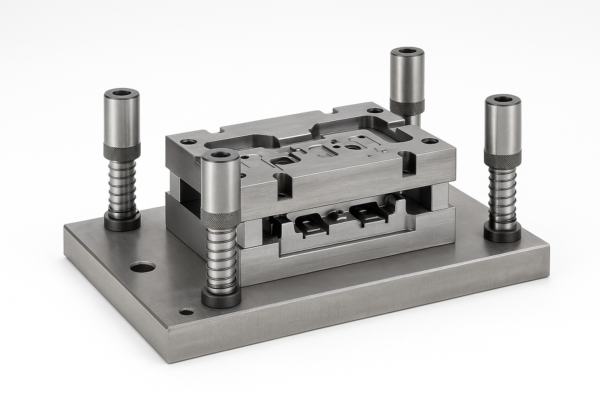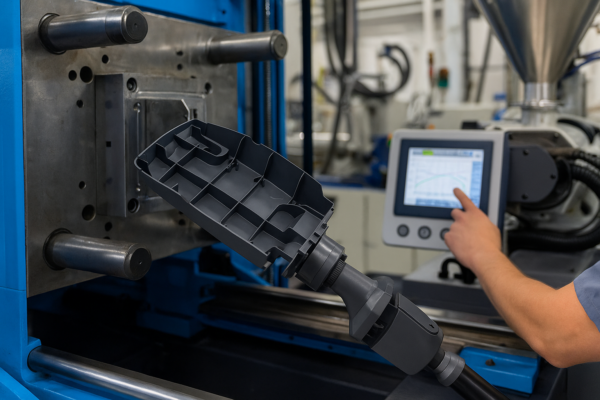Top 10 Custom Metal Forging Parts Manufacturers for Industrial Use in 2025?
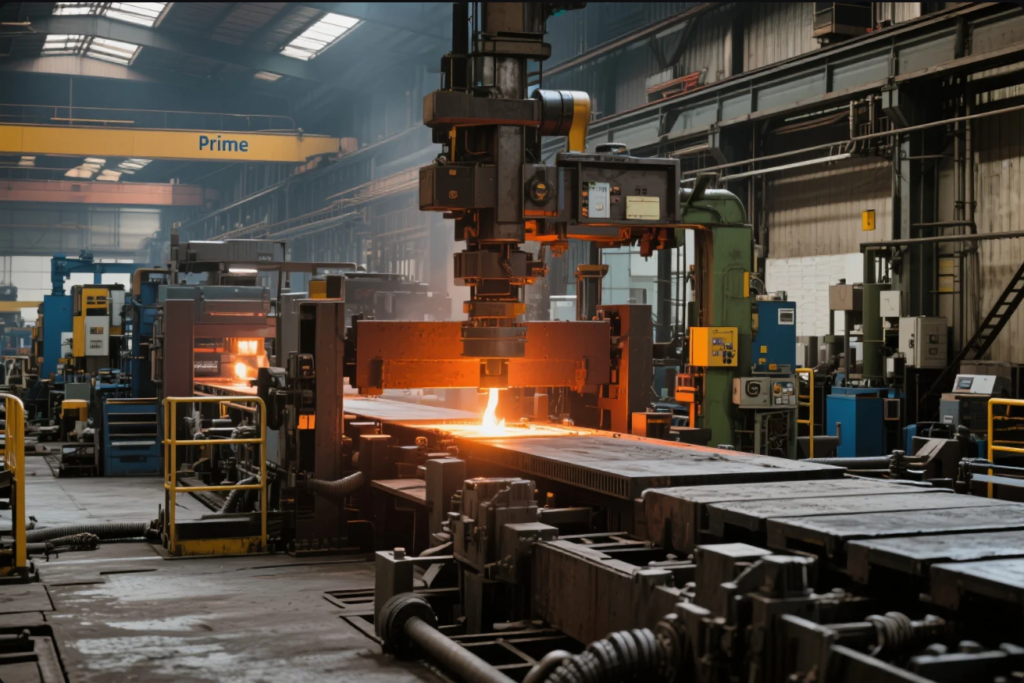
Which is the world’s largest forging company?
Bharat Forge leads the forging world today. They operate 14 plants across India, Germany, USA, and Europe. Their output spans automotive, aviation, defense, and energy.
Why Bharat Forge Leads
- Workforce: 17,000+ employees globally
- Annual revenue: \~\$1.5 billion in 2024
- Certifications: ISO 9001, IATF 16949, NADCAP
- Technology: Hybrid presses, ring rolling, digital control systems
Facility Highlights
They use advanced forging presses up to 12,000 kN. They also have CNC machining centers, heat-treatment lines, and full metallurgical labs.

Why This Matters to Buyers
Large scale brings cost efficiency. Global footprint supports regional sourcing. Certifications signal compliance. Pallets support long-term partnerships.
What is the future of forging?
Forging is evolving toward ADS: Automation, Digitalization, and Sustainability.
Automation Increases Efficiency
Manufacturers use robotic arms for loading, trimming, and stacking parts. This reduces manual labor and raises repeatability. Some factories run 24/7 using automated lights-out systems.
Digitalization Enables Precision
Smart sensors track forging force, temperature, and equipment health. IIoT platforms log data in real time. Engineers use dashboards to detect deviations early and prevent defects.
Two key areas are digital twin modeling and AI-based process optimization. These streamline workflows and predict maintenance needs.
Lightweight Alloys on the Rise
Customers demand titanium and aluminum alloys in EV, aerospace, and defense sectors. These materials pose challenges during forging due to high heat and tight tolerances.
Suppliers invest in high-temperature presses and cooled dies to meet this trend. Certification becomes critical for traceability.
Sustainability Matters
Green forging is big. Recycle scrap metal fully. Use induction or low-carbon furnaces. Some plants run on solar or hydro power. This cuts carbon footprint by 30% compared to older methods.
“Continuous process monitoring reduces scrap by 20% and boosts uptime by 15%,” reports Forbes on smart manufacturing innovation.
(source: Forbes – Smart Manufacturing Transforms Supply Chains)
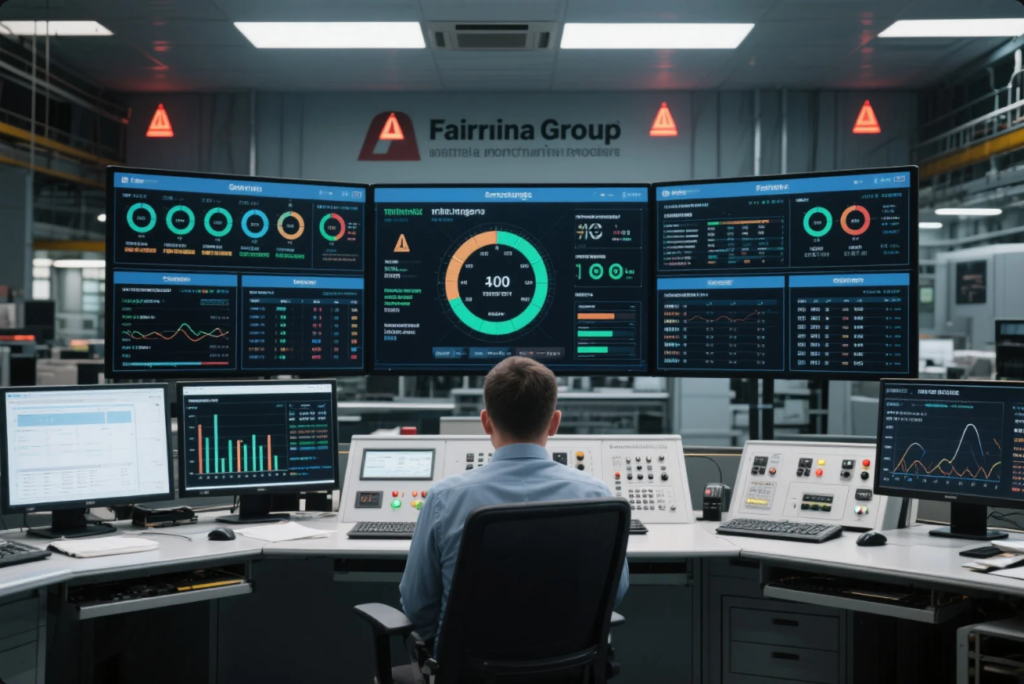
What are the 4 types of forging?
Choosing the right forging method affects design, cost, and lead time. Here are the main types:
1. Open-Die Forging
- Forging done between flat or simple dies
- Used for large shafts, discs, and structural parts
- Suits low to medium volume
- Tolerance ±0.5 mm
- Low tooling cost
2. Closed-Die (Impression-Die) Forging
- Material is pressed into shaped cavities
- Suitable for high-volume parts like connecting rods, gears
- Gets tolerances ±0.1 mm
- Higher tooling cost, but amortized over quantities
3. Rolled-Ring Forging
- Ring blanks are rolled into finished rings
- Ideal for bearings, couplings, flanges
- Saves material and supports large diameters
- Tolerance ±0.3 mm
4. Precision/Press Forging
- Uses high-speed hydraulic or mechanical presses
- High repeatability and tight tolerances ±0.05 mm
- Used in drivetrain and aerospace parts
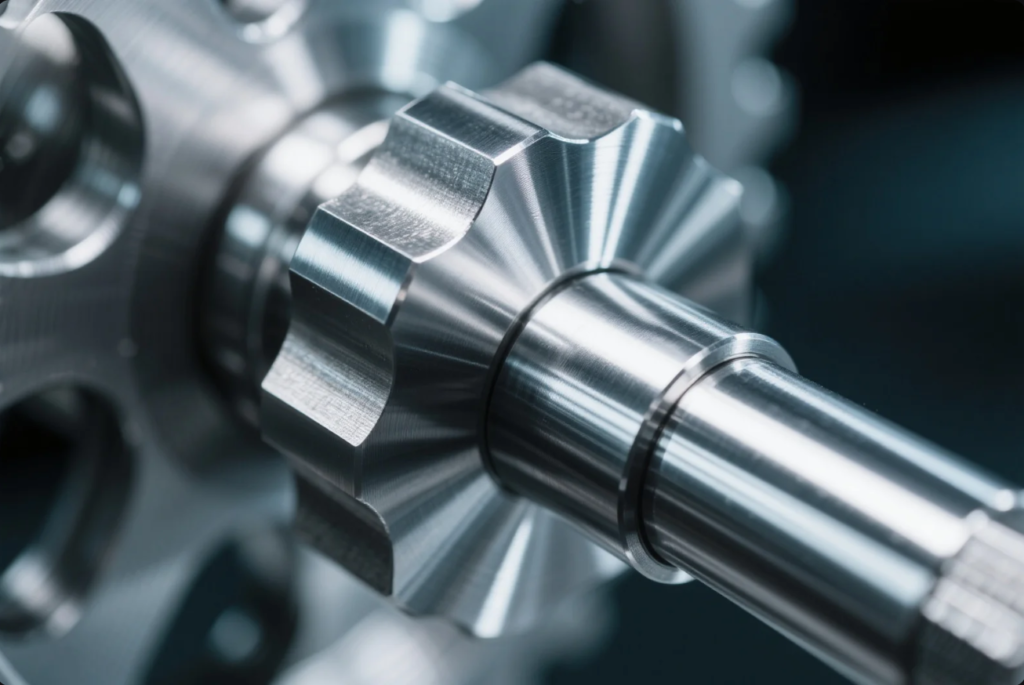
| Forging Type | Best For | Tolerance | Tooling Cost |
|---|---|---|---|
| Open-Die | Large shafts, discs | ±0.5 mm | Low |
| Closed-Die | Crankshafts, gears | ±0.1 mm | High |
| Rolled-Ring | Bearings, large flanges | ±0.3 mm | Medium |
| Precision/Press | Auto, aerospace precision parts | ±0.05 mm | High |
How big is the forging market in the US?
The U.S. forging market size reached \$12 billion in 2024. It’s on track for 5% CAGR through 2030. Growth is driven by multiple industries:
Main Industry Drivers
- Automotive & EVs – require lightweight but strong drivetrain parts
- Aerospace & Defense – jet disks, turbine shafts, landing gear
- Energy – oil, gas valves, hydroelectric components
- Renewables – wind turbine hubs and rings
- Agriculture & Construction – heavy equipment components
Regional Breakdown
- Midwest (35%): automotive and industrial machinery
- Southeast (25%): aerospace and aluminum forging
- Gulf Coast (20%): oil & gas, heavy machinery
- West Coast (20%): aerospace, renewables sectors
Grand View Research reports continued demand for forged metals, especially in heavy industries.
(source: Grand View Research, Industry Analysis)

Top 10 Custom Metal Forging Parts Manufacturers in 2025
Here’s a detailed look at the top forging suppliers in 2025:
1. Bharat Forge – India / Global
Global leader with strong R\&D and hybrid presses.
2. Farinia Group – France
Industry 4.0 integration, aerospace prime contractor.
3. Scot Forge – USA
Open‑die specialist, certified for custom alloy work.
4. Shandong Prime International – China
ISO-certified, offers forging, stamping, CNC machining, fast lead times.
5. Thyssenkrupp Forging – Germany
Automobile and construction part expert.
6. China First Heavy Industries (CFHI) – China
Heavy-duty rings and shafts for energy sectors.
7. Finkl Steel – USA
Custom alloy open-die solutions for niche needs.
8. FRISA – Mexico
Rolled ring specialist, serves oil & automotive.
9. American Axle & Manufacturing (AAM) – USA
Forged drivetrain components for EV and conventional vehicles.
10. Kobe Steel – Japan
Titanium forging, high pressure-critical auto components.
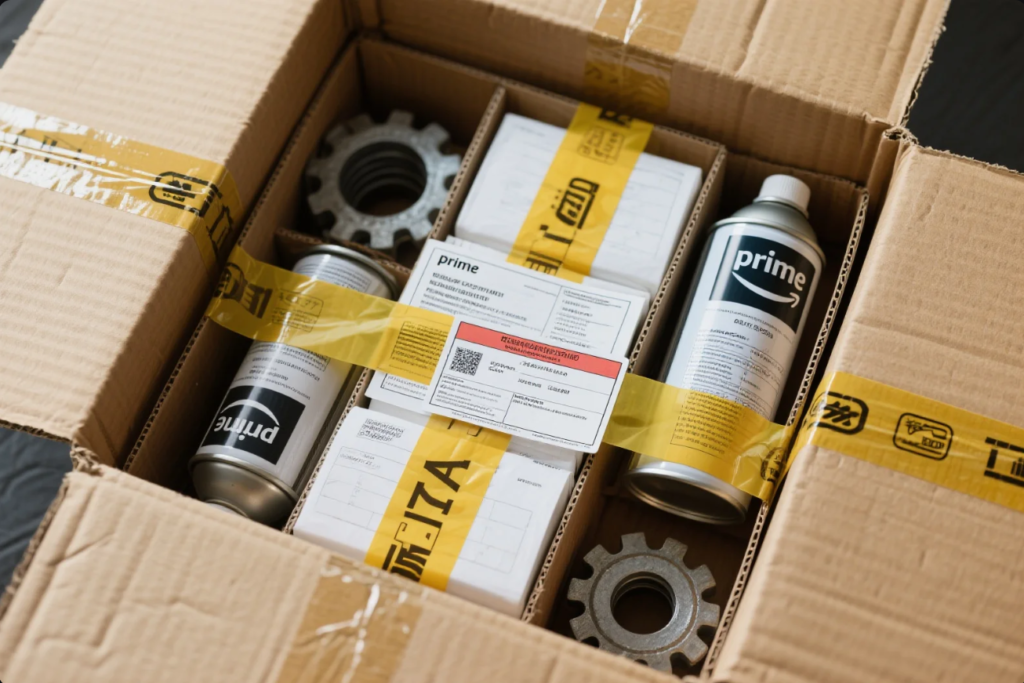
How to evaluate a forging supplier
When vetting suppliers, consider these five criteria:
-
Certifications
Look for ISO 9001, IATF 16949, NADCAP (if aerospace). Medical forging needs FDA/NADCAP. -
Process Capabilities
Match forging type to your volume and tolerances. -
Material Range
Confirm ability to forge alloys required: steel, aluminum, titanium. -
Technology & Equipment
Check for automated lines, heat-treatment, CNC secondary operations, non-destructive testing (NDT). -
Logistics & Communication
Require English-speaking project leads, export packaging, chance of route optimization.
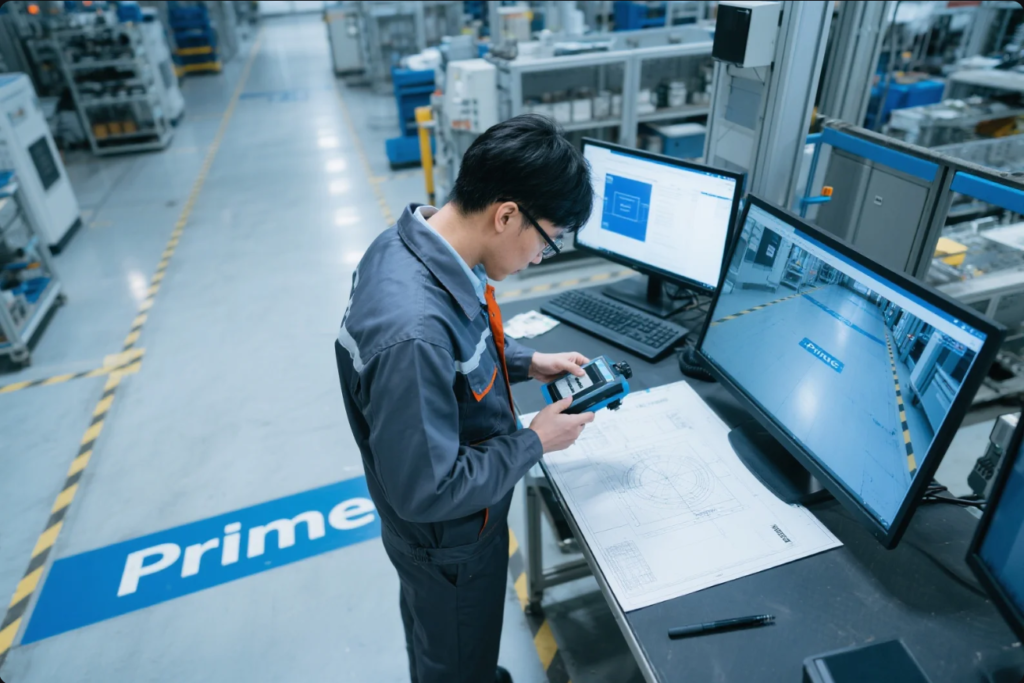
Detailed Buyer’s Checklist
We provide a checklist to guide your audit or RFQ process:
| Area | What to Ask / Inspect | Importance |
|---|---|---|
| Certificates | Request copies of ISO, IATF, NADCAP | Assures quality and regulatory compliance |
| Process Fit | Ask for examples of similar part types made | Shows technical match to your specs |
| Volume Capacity | What is maximum output per month/year? | Ensures they can meet your demand |
| Tooling Costs | Closed‑die tooling lead time and cost | Helps calculate unit cost accurately |
| Material Handling | How is raw material sourced and certified | Affects traceability and metallurgy |
| Tolerances | What tolerances can be held for your design? | Ensures functional fit and interchangeability |
| Heat Treatment | Are they certified for quench and temper? | Impacts part performance and lifetime |
| Inspection Capabilities | On-site NDT, CMM, reports, third-party options | Ensures quality verification |
| Packaging/Shipping | Crate types, moisture control, fumigation | Prevents damage and compliance issues |
| Lead Time/Delivery | Typical and rush order timelines | Reduces risk of project delays |
| Communication | Who is your point person and how often? | Smooths project management |
| Warranty/Support | Return policy for defective parts | Ensures accountability |
Onboarding Workflow After Supplier Selection
Once you select a supplier, follow this structured path:
-
Complete Specification Confirmation
Include CAD drawings, tolerance chart, finish requirements. -
Execute Agreements
Sign the technical agreement, NDA, quality and delivery terms. -
Pilot Production
Order prototype or first batch (typically 10–50 pieces). -
Inspection & Sign-Off
Conduct joint QA inspection or hire third-party NDT. -
Mass Production Setup
Supplier executes full production runs and schedules. -
Logistics Flow Planning
Confirm crate packing, freight, insurance, customs paperwork. -
Continuous Improvement Feedback
Share any non-conformance reports or sample feedback.
This workflow reduces technical surprises and ensures delivery quality.
FAQs
Q1: Can you handle custom alloy development?
Yes. Suppliers like Prime, Scot Forge, and Kobe Steel offer metallurgical labs and alloy consultation.
Q2: What minimum order sizes are typical?
Closed-die forging often starts at 500 units. Open-die and ring forging can go as low as 10 parts.
Q3: How are export parts packaged?
They come in corrosion-resistant sealed crates, wrapped, fumigated, and tagged with part codes and packing lists.
Q4: Is third-party inspection available?
Yes. SGS, TUV, Intertek, BV frequently inspect forging quality and heat treatment.
Q5: Can I get tooling cost reimbursed?
Yes. Tooling cost is spread across production volume. Higher volumes reduce unit cost.
Conclusion & Next Steps
Forging procurement will continue to rely on technical compatibility, reliable delivery, and sustainable practices in 2025. Use this guide to shortlist and vet suppliers. Choose based on certification standards, forging method, material range, consistency, and logistics.
If you need a high-capacity, ISO-certified, full-service partner in China for forging, CNC machining, stamping, or plastic parts, reach out to Shandong Prime International.
📧 Email: [email protected]
🌐 Website: primecustomparts.com
We provide fast response, full source traceability, packaging built for shipping safety, and global logistics support.
Get your free consultation and personalized quote today.

